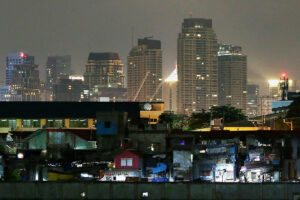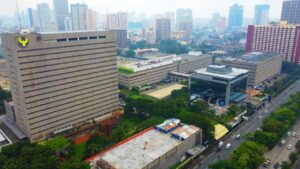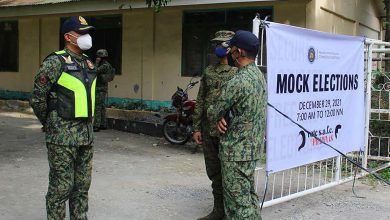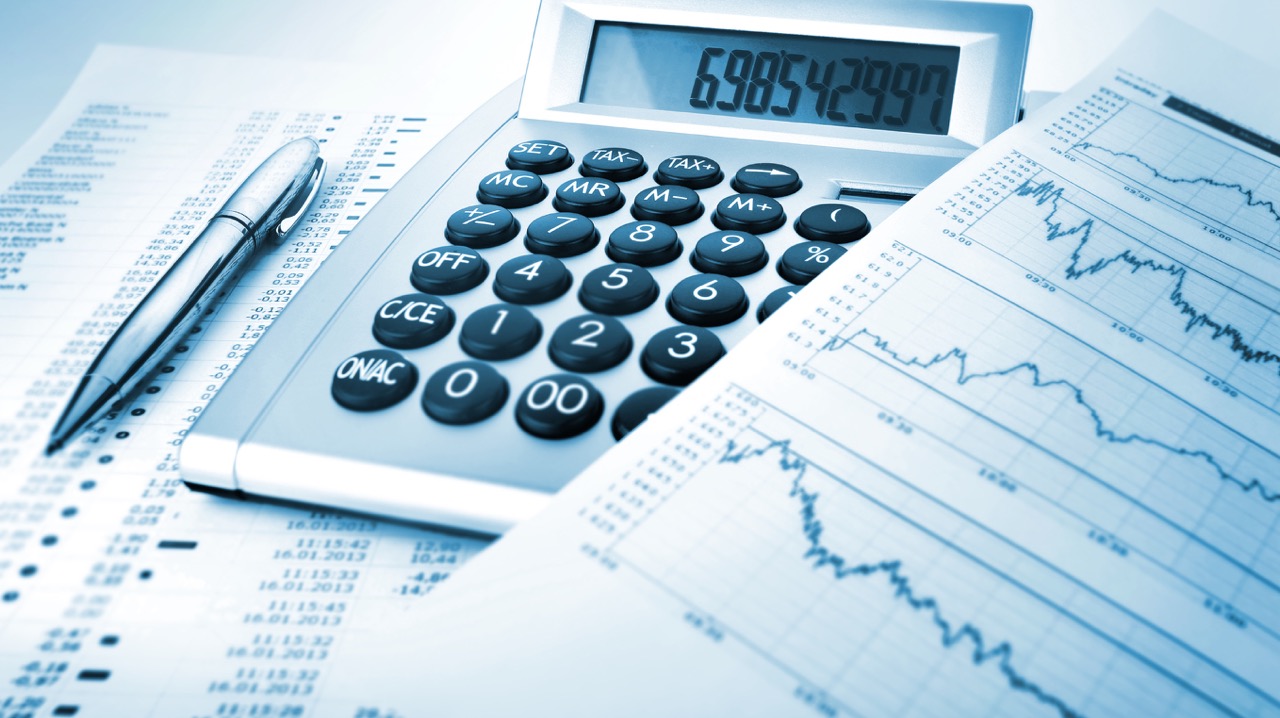Marcos signs EO adopting dev’t plan

PRESIDENT Ferdinand R. Marcos, Jr. has signed an executive order (EO) adopting the Philippine Development Plan (PDP) 2023-2028, which he said will help the country achieve its goal of becoming an upper middle-income economy by 2025.
“(PDP) is a plan that will set the Philippines towards becoming an upper middle-income country by the year 2025. But beyond economic development, the plan also focuses on social development and protection, disaster resilience, digital transformation and many other things,” Mr. Marcos said during the “From Plan to Action: PDP 2023-2028 Forum” in Pasay City on Monday.
The Philippines is currently classified as a lower middle-income country by the World Bank. It earlier targeted to graduate to upper middle-income status by 2022, but this was derailed by the coronavirus pandemic.
Under the PDP, the government targets 6-7% gross domestic product (GDP) growth this year, and 6.5-8% from 2024 to 2028. It also aims to lower the unemployment rate to 4-5% by 2028.
The Philippine economy expanded by 7.6% in 2022, the fastest economic growth since 1976. The jobless rate eased to 4.2% in November, the lowest level in over 17 years.
“The trajectory of our post-pandemic recovery is undoubtedly promising. Still, we cannot rest easy, knowing that we have much work ahead of us as we strive to sustain and improve our performance,” National Economic and Development Authority Secretary Arsenio M. Balisacan said at the same forum.
Mr. Marcos on Jan. 27 signed EO No. 14, which directs all concerned government agencies to adopt and implement the PDP, which is described as the country’s roadmap for the next six years. All agencies should align their budgets and programs with strategies identified in the PDP, as well as identify priority programs and projects under the Public Investment Program (PIP) 2023-2028.
“The timely signing of this EO sets us off to a promising start this 2023. By taking stock of the many lessons that we have learned from the past three years, the PDP clearly and coherently maps out our vision, timeline, and strategies for deep and genuine socioeconomic transformation,” Finance Secretary Benjamin E. Diokno said in a separate statement.
INFRASTRUCTUREDepartment of Public Works and Highways (DPWH) Secretary Manuel M. Bonoan said that the government will focus on infrastructure, especially to alleviate traffic congestion.
“We will be embarking on addressing traffic congestion. The Philippines has about 510 kilometers (km) of expressway so we intend to continue the development of high standard highways through public-private partnerships and increase it towards the end of the medium term by another 700 km of expressway,” he said.
In an ambush interview, Mr. Balisacan said the government is finalizing its list of infrastructure projects.
“We are now in the process of finalizing the long list. Many of the agencies started submitting their priorities. We are reviewing all the submissions in the context of their responsiveness to the PDP. Out of this Philippine Infrastructure Program, it will be quite long because we have so many development needs and requirements,” he said.
Mr. Balisacan said these projects should be “sensitive to the goals and objectives of the PDP.”
Meanwhile, Tourism Secretary Ma. Esperanza Christina G. Frasco said the government will work to further improve roads, bridges, water systems, gateways, airports and seaports in key tourist destinations as part of the PDP.
Trade Secretary Alfredo E. Pascual said that the government is working on revitalizing industries.
“Our main goal is to retain quality jobs, jobs that are stable and higher paying. How do we achieve this? Through industrialization. Our strategy calls for science, technology and innovations so we can make and produce globally competitive and innovative companies. We want our industries to adapt technology like Artificial Intelligence (AI), smart manufacturing,” he said.
Other sectors that the government wants to further develop include industry, manufacturing and transport; technology, media and telecommunications; and health and life sciences.
‘RIGHT DIRECTION’UnionBank of the Philippines, Inc. Chief Economist Ruben Carlo O. Asuncion said the PDP is a step in the right direction.
“The biggest challenge, even in past PDPs, is the gargantuan task of administration, enforcement, and/or execution of the plan’s different parts and intricacies,” he said in a Viber message.
Nicholas Antonio T. Mapa, a senior economist at ING Bank N.V. Manila, said he hopes that results can be felt as the government implements its development roadmap.
“Authorities must now move past these outlines and start to deliver short-term results that get us closer to the goals of robust growth, more resilient jobs, low food prices, fiscal consolidation, innovation and lower poverty incidence,” he said in a Viber message.
On the other hand, Jose Enrique A. Africa, executive director of think tank IBON Foundation, said the plan does not include any new ideas to develop local industries.
“The Philippines can build Filipino industry, distribute income and wealth fairly, and protect the environment,” he said in a statement. “But not with the PDP 2023- 2028, which is stuck in the past.” — Luisa Maria Jacinta C. Jocson and John Victor D. Ordoñez




